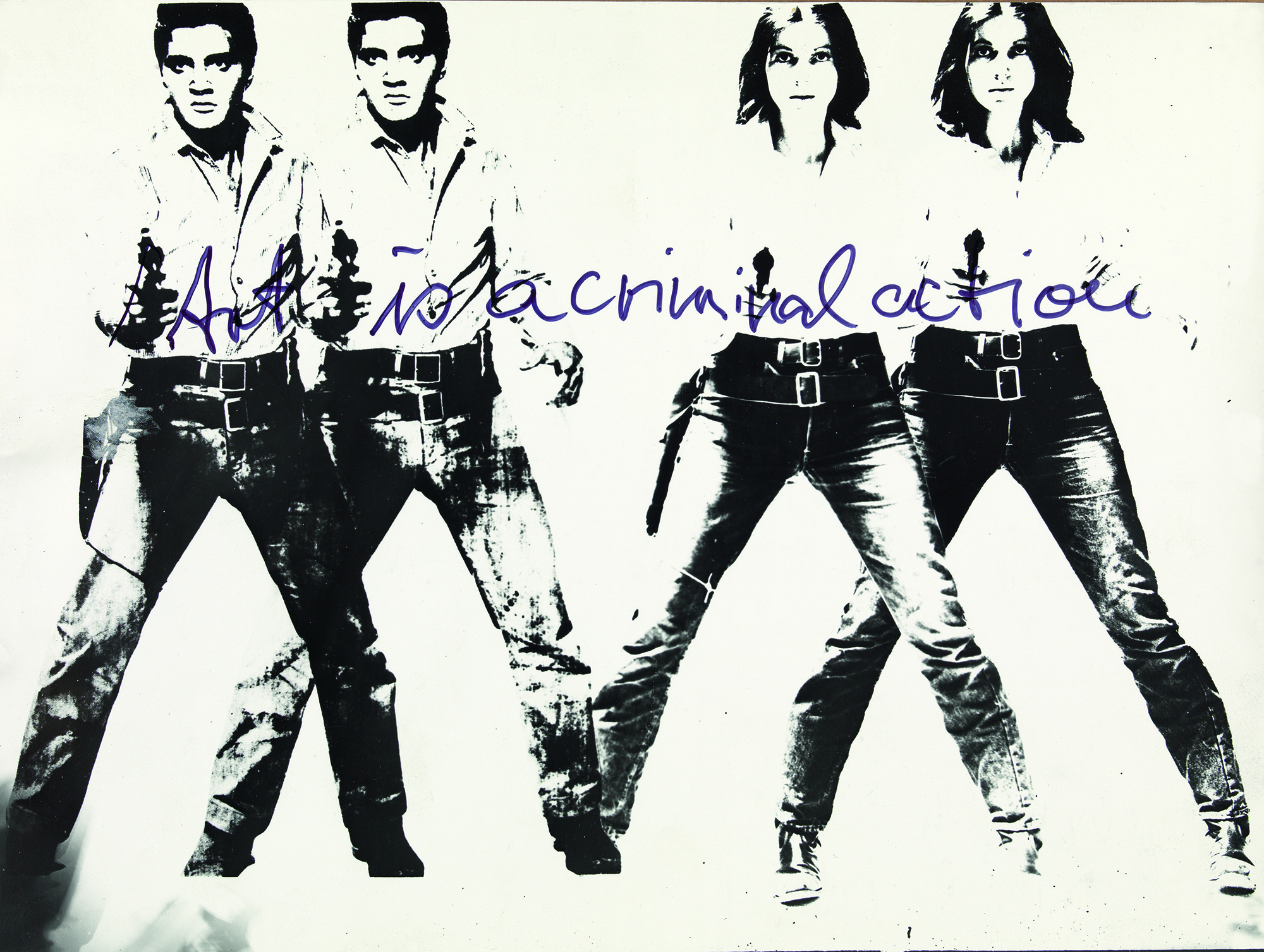Heather Jones: You have a long history as an art historian, critic, curator and you are currently serving as the director of the SAMMLUNG VERBUND collection in Vienna, which you founded in 2004. What prompted you to found the collection?
Gabriele Schor: Actually the collection was founded by VERBUND’s CEO back in 2004. VERBUND is Austria’s leading electricity company. From the very beginning, the CEO had the generosity to give me free reign on the art historical and curatorial decisions. I was lucky that the CEO provided me with an annual acquisition budget that was quite high in the beginning and consisted of one million Euros. When the art collection was founded in 2004, we first had to analyze other corporate and museum collections and what they were collecting. That means in the beginning I did a lot of research. At that time it was a kind of fashion to acquire huge photographs for example by Thomas Struth, Andreas Gursky and Thomas Ruff, a group of photographers who studied at the Kunstakademie Düsseldorf under the influential photographers Bernd and Hilla Becher. I did not want to copy this approach for our collection. Rather, I thought it would be better to take a step back in time and explore the pioneering days of Bernd and Hilla Becher, hence the 1970s. The first works we acquired for the collection were early pieces by the artists Cindy Sherman, Louise Lawler, Gordon Matta-Clark and Fred Sandback. The collection grew relatively fast and after only two and a half years we had our first huge exhibition at MAK (Austrian Museum of Applied Arts / Contemporary Art) in Vienna in 2007. We were able to present two major topics the ‘Feminist Avant-Garde of the 1970s’ and the ‘Perception of Spaces and Places’.
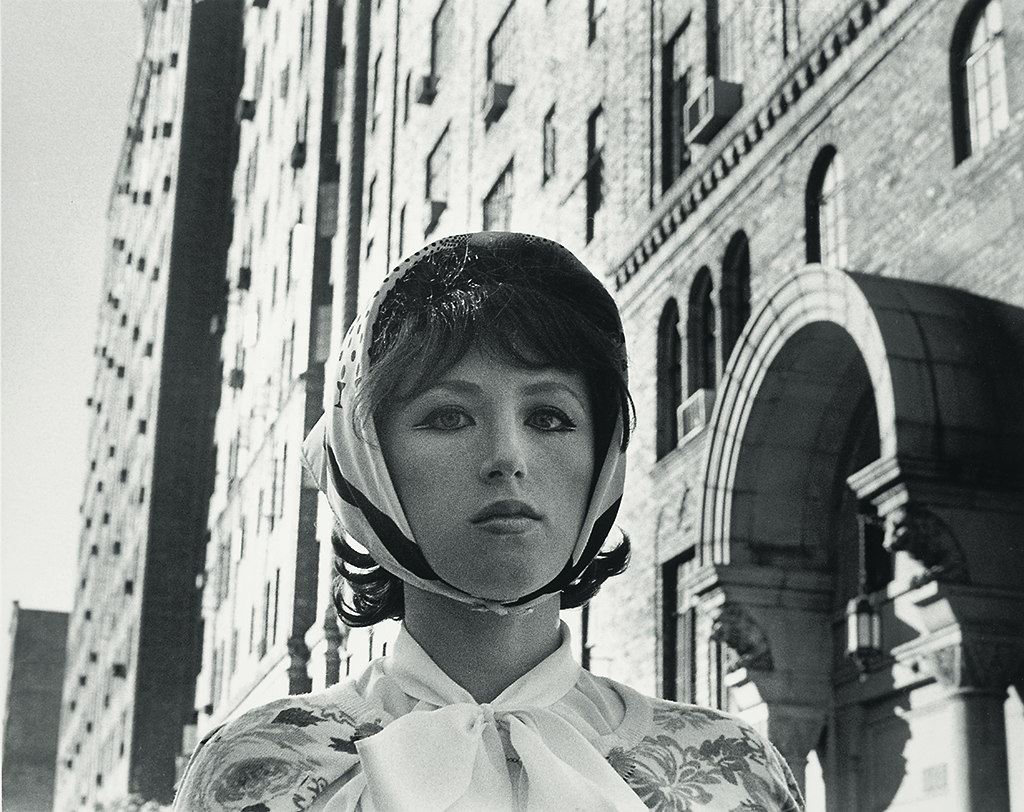
HJ: What principles guide your curatorial decisions for the collection?
GS: I wanted the collection to be unique and have a specific identity. If you look back on the collection after 20 years, it should stand for this identity and be recognizable. You only get this result if you consistently pursue a strategy and if you also have an art-historical and political claim.
HJ: Why did you decide to focus the collection around feminist art?
GS: In Vienna the collection of the mumok (Museum moderner Kunst Stiftung Ludwig Wien) has a very strong focus on the four male artists of the Viennese Actionism. But unfortunately the museum has failed to collect any art by women from the 1970s, especially feminist art. That is why the mumok has joined our tour of the Feminist Avant-Garde last summer. It is so important that the young generation of today gets to know the history of feminist art. I was quite surprised to learn that also other major museums in Europe, as well as in the United States neglected to collect feminist art from this active period. Although there were of course major shows on feminist art such as MAGNA. Feminism, Art and Creativity curated by VALIE EXPORT in 1975 in Vienna or Lucy Lippard’s exhibition tour c. 7,500, the first women only show started in 1973, or the Amsterdam-based institution de appel that was very open to feminist art, video art and performances. The reason why I decided to focus one part of the collection around feminist art is because no other collection did it to this extent. During my 14 years of research the collection acquired over 600 artworks from the 1970s by 62 feminist artists from all over the world. As you go through the Feminist Avant-Garde exhibition, you realize the presence of urgency and radicalism within the art works. For me personally it is a great honor to provide an art historical context to these remarkable artworks and to raise a general awareness of feminist art from the 1970s.
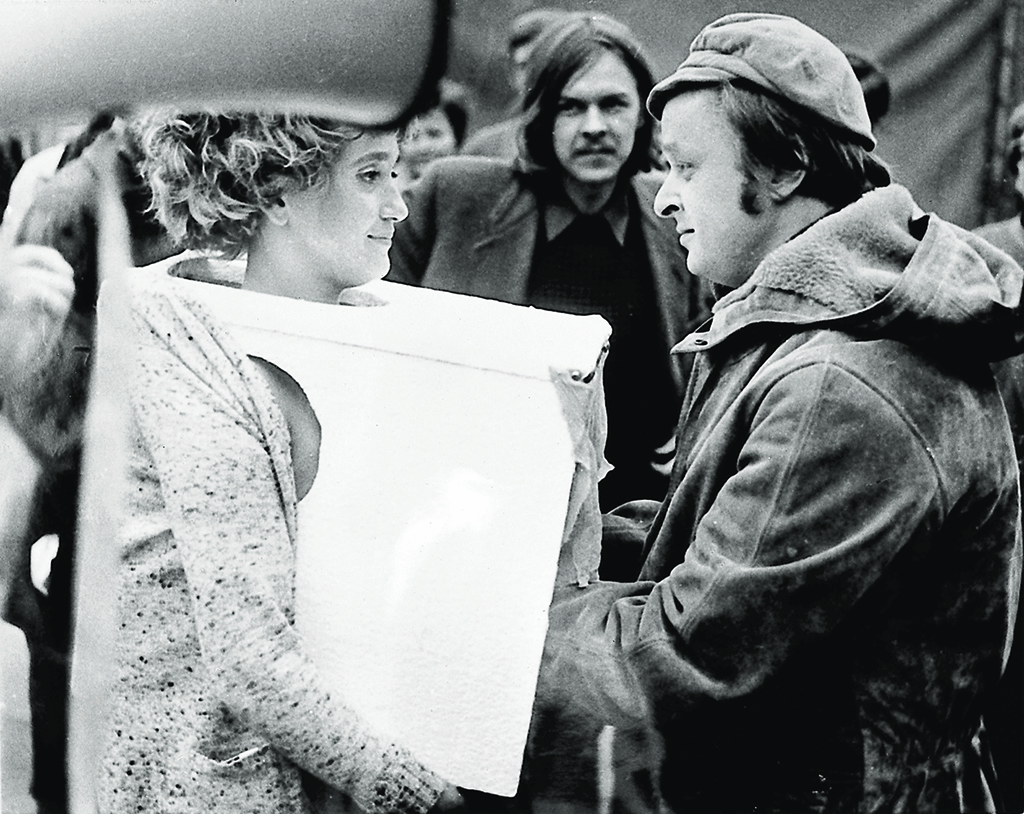
HJ: You have been credited with coining the term “Feminist Avant-Garde”, combining the two previous terms into one, and published the extensive catalogue Feminist Avant-Garde of the 1970s. How do you define the parameters of the Feminist Avant-Garde?
GS: The hot period of feminist art was during the 1970s. I would define art as feminist art when the feminist subject matter is made visible through the artwork itself, such as the one-dimensional role as mother, wife and house wife, liberation of female sexuality, female emancipation, locked-up – breaking-out, role-play, the dictate of beauty, violence against women, against the cult of the male genius, using the female body as a code or a shift. To sum it up, these works show a radical revaluation of values in society. The reason why I call the feminist art from the 1970s an avant-garde is to underline the pioneering position they had at that time. It was a paradigm shift that these women artists showed with their art, especially the fact that personal concerns have a political dimension.
HJ: Is there feminist artwork that is not considered avant-garde?
GS: Yes, the generation that comes after the Feminist Avant-Garde – I would say from the mid eighties on. I would not call them avant-garde, because all the pioneering work, including the way they used new media in art was achieved by the generation that worked during the 1970s.
HJ: The exhibition KVINNE 1970-tallets feministiske avant-garde (WOMAN. The Feminist Avant-Garde of the 1970s) is on view at Stavanger Kunstmuseum through October 14. With over 600 works in the collection, how did you choose what to include in this exhibition?
GS: The selection of the works was made in collaboration with the Curator Vibece Salthe and the Director Hanne Beate Ueland of the Stavanger Art Museum and the team of the SAMMLUNG VERBUND Collection, Theresa Dann, Julia Hürner and myself. Together, we have selected the works according to five groups and also in regard to the spatial situation in the museum. The five sections are: the reduction of women to their roles as housewife, mother and wife; role-play; the dictate of beauty; locked-up / breaking-out; and female sexuality. It is important to us that every artist is presented with at least one or two pieces, and some artists are represented by a group of works.
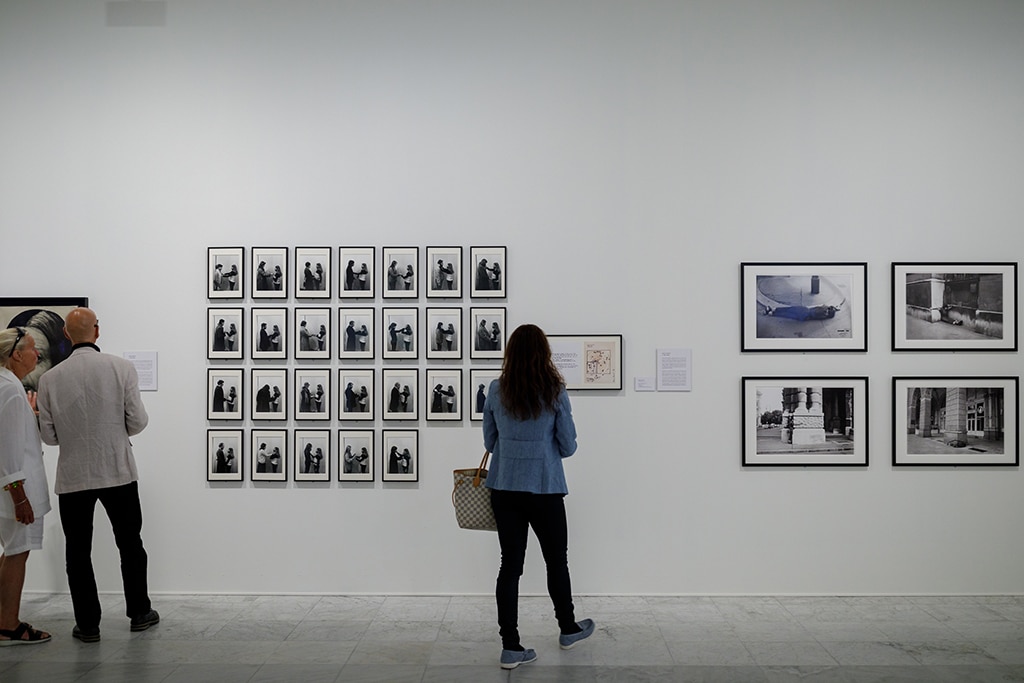
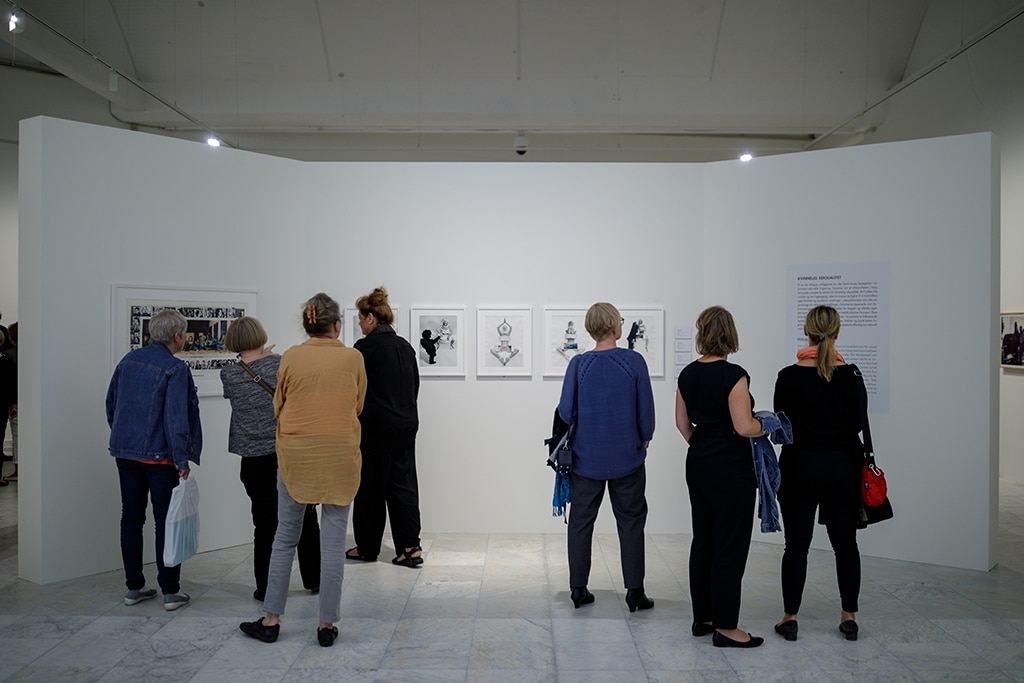
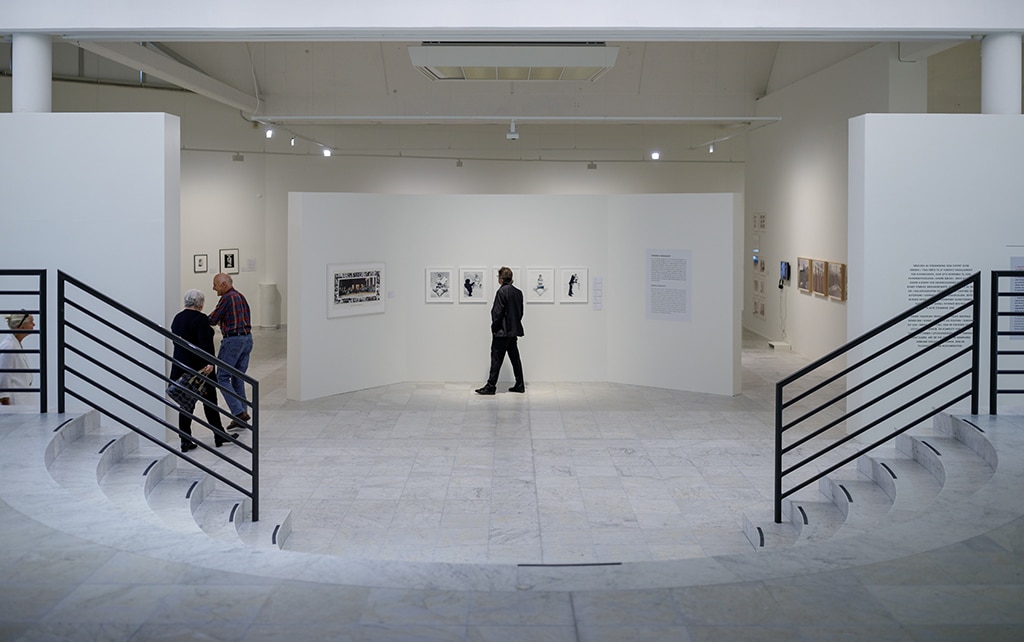
HJ: The exhibition strongly features photography – what is the relation to this media and feminist artwork of this time period?
GS: The artists of the Feminist Avant-Garde of the 1970s made use of new media such as photography, video art and performance art also as a kind of emancipation from the male dominated painting.
HJ: In a previous interview you were very specific to state that this is not a women’s show, but rather a show about feminism – specifically in the 1970’s. Can you describe that distinction a bit further?
GS: A women`s show was Camille Morineau’s exhibition elles@centrepompidou at Musée national d’Art moderne (MNAM) in Paris from 2009. The show was a great success and had been extended several times. When the former curator Morineau suggested to the director to organize a show with all the works of women artists included in the museum’s collection he answered: “Do we have enough works of women artists in our collection?” This question shows that even the famous museum Centre Pompidou had to take advantage of Camille Morineau’s idea to organize a women show and the Centre Pompidou had to acquire many works by women artists in order to extend the show. Morineau is now director of the Monnaie de Paris and is still focusing on women artists but the point is that the elles@centrepompidou show included of course women artists that are not necessarily feminist artists such as Katarzyna Kobro, Lee Krasner, and Agnes Martin – to name only three important female artists. When I include an artist to the Feminist Avant-Garde, I am considering whether she is a feminist and produced feminist art. However, I think that both types of exhibitions are important because both of them in their own way are able to raise awareness for art by women and feminist artwork.
HJ: The exhibition will also travel to the Czech Republic and New York. How do you approach showing these works in different cultural and geographical contexts?
GS: Our first show was DONNA: Avanguardia Femminista Negli Anni ‘70 in 2010 at the Galleria Nazionale d’Arte Moderna et Contemporanea in Rome. It was a beautiful show with about 200 works from 25 artists. It was also very successful because the younger generation was as much interested as the people that were young in the 1970s. This encouraged me to continue collecting feminist artworks and to let the show travel. So far the show has been touring for ten years and has been presented at eleven venues: after Rome, Madrid, Brussels, Halmstad (Sweden), Hamburg, London, Vienna, Karlsruhe, and after Stavanger the exhibition will go to Brno (Czech Republic), and New York. I think it is interesting to place the Feminist Avant-Garde in European cities and in Eastern Europe but also in the United States. I would love to have venues in Asia and South America as well. I also try to acquire works by specific artists for the particular region in which the exhibition is being shown. It is not always easy to find works from the 1970s, because many of the works are hidden. Very often, the works were stored in attics for 40 years and almost forgotten by their creators, or the artists have neither a website, nor an exhibition catalog, nor a gallery. I am always surprised to see that, despite the cultural and geographic differences, many of the works followed similar aesthetic strategies. Apparently these artists were in a similar social situation despite different geographical places.
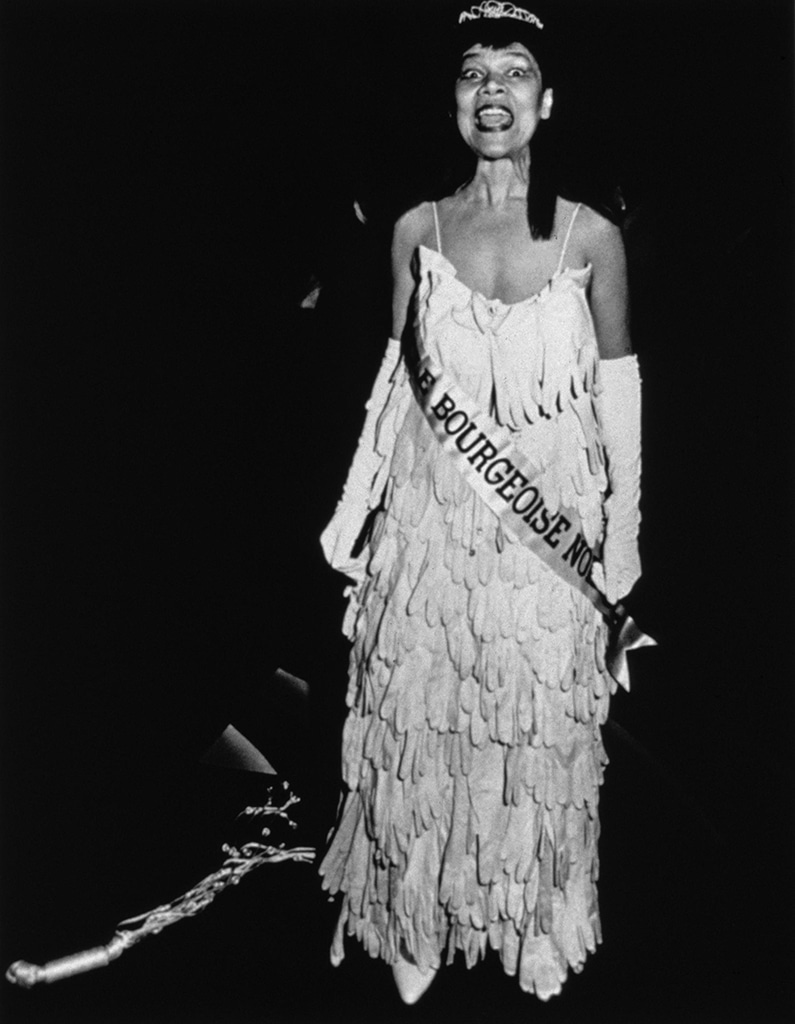
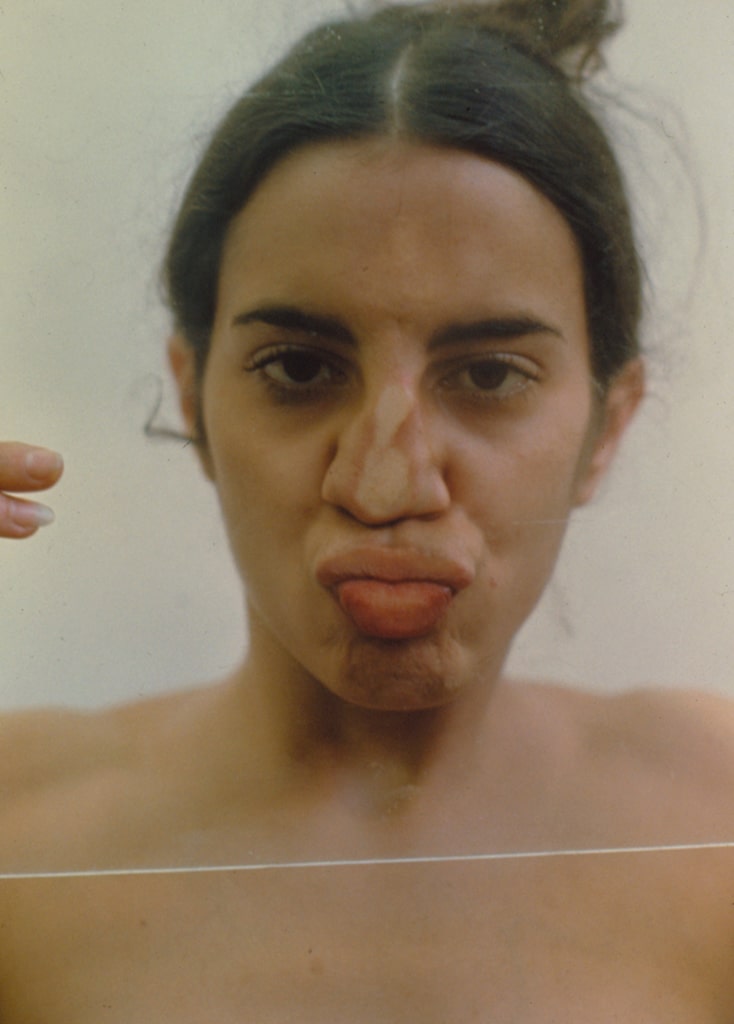
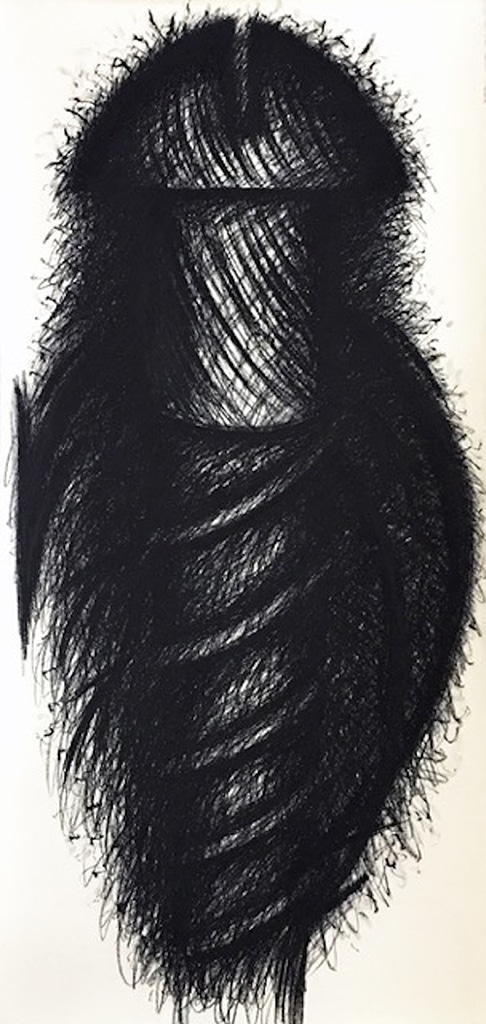
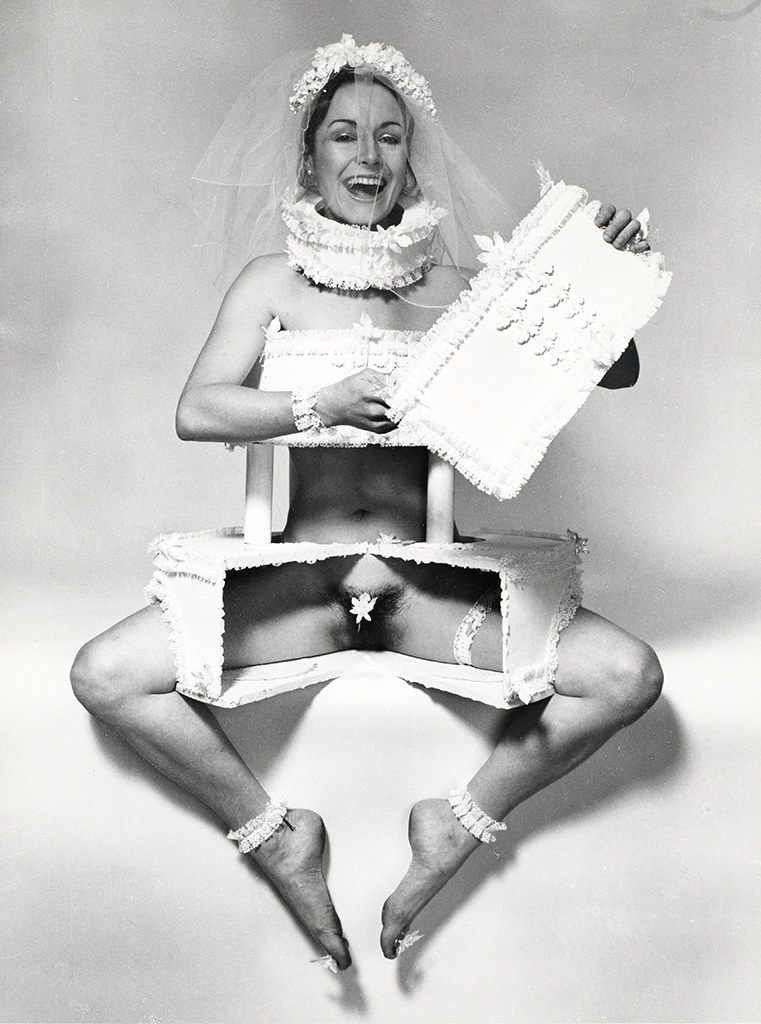
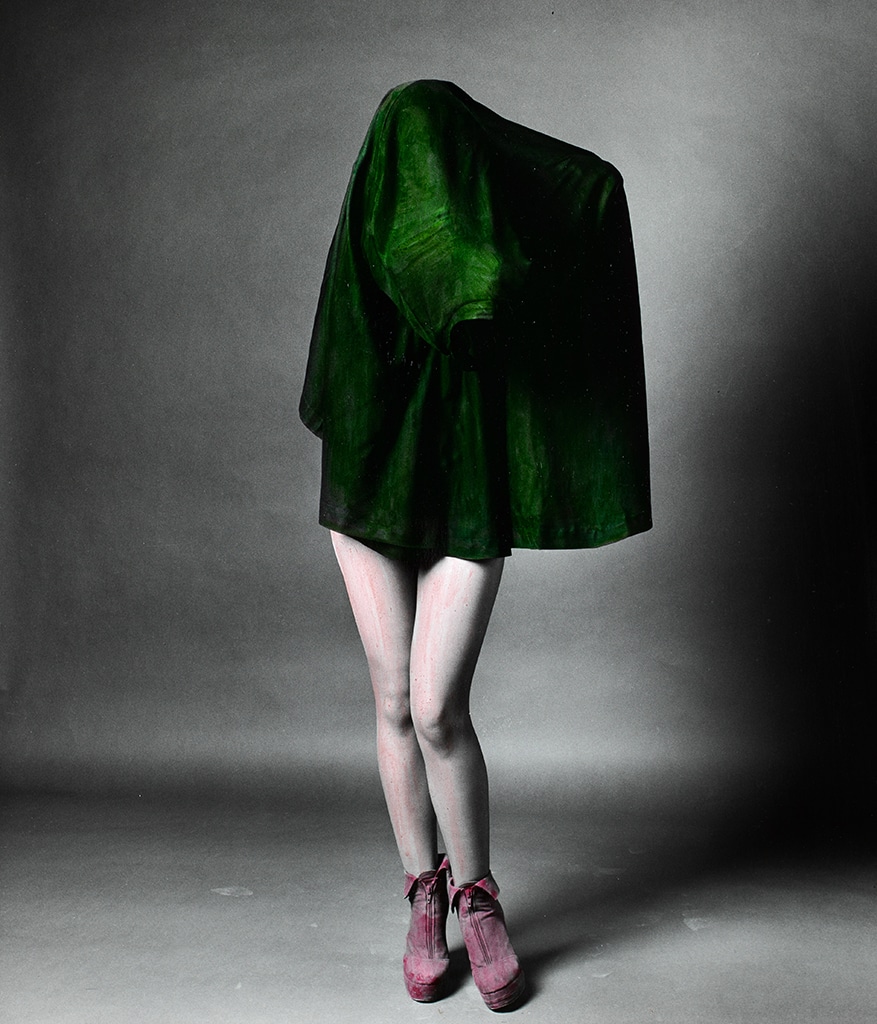
HJ: Could you touch on the role of the collecting artwork – both institutionally and privately? Why is collecting an important endeavor, and do the goals of the institutional and private collector differ?
GS: It makes perfect sense to create an art historical, yet little-known context within a collection. Museums usually tend to collect the most important artists from every decade, while an institution like the SAMMLUNG VERBUND Collection is able to delve deeper into it. That’s why our maxim is “depth instead of breadth”.
HJ: The publication makes a link between the accomplishments of this specific generation of female artists who have worked to make a name for themselves while simultaneously encouraging a young generation. Where do you see feminist artwork heading now?
GS: We started to acquire works by younger feminist artists too. If we compare their works to those of the pioneering feminist artists, there are of course differences but also similarities. One big difference is that the women artists of the 1970s had to struggle to exhibit their works and to be perceived as artists. Nowadays there is an art market, even for the younger generation of women artist. Young women and feminist artists are also using social media channels like Instagram as a platform for their art. A very interesting international group exhibition with the title Virtual Normalitiy – Women Net Artists 2.0, curated by Anika Meier and Sabrina Steinek was on display at the Museum der bildenden Künste Leipzig earlier this year. It was the first exhibition where the female gaze in the age of the Internet is a major topic. Media such as photography, video and performences are taught at art academies. It seems that the young generation of feminist artists do not need to define themselves in opposition to patriarchal systems. The strict binary code has become obsolete. It seems that the reduction of women to their role as housewife, wife and mother is no longer a burning topic. Perhaps because the role of men in our society has also changed. In the 1970s, hardly a man was seen walking on the street with a baby stroller. However there are still some topics which seem to continue to fascinate the younger generation of women and feminist artists such us female sexuality, female body, identity, gender, and role-play, to name just a few topics.
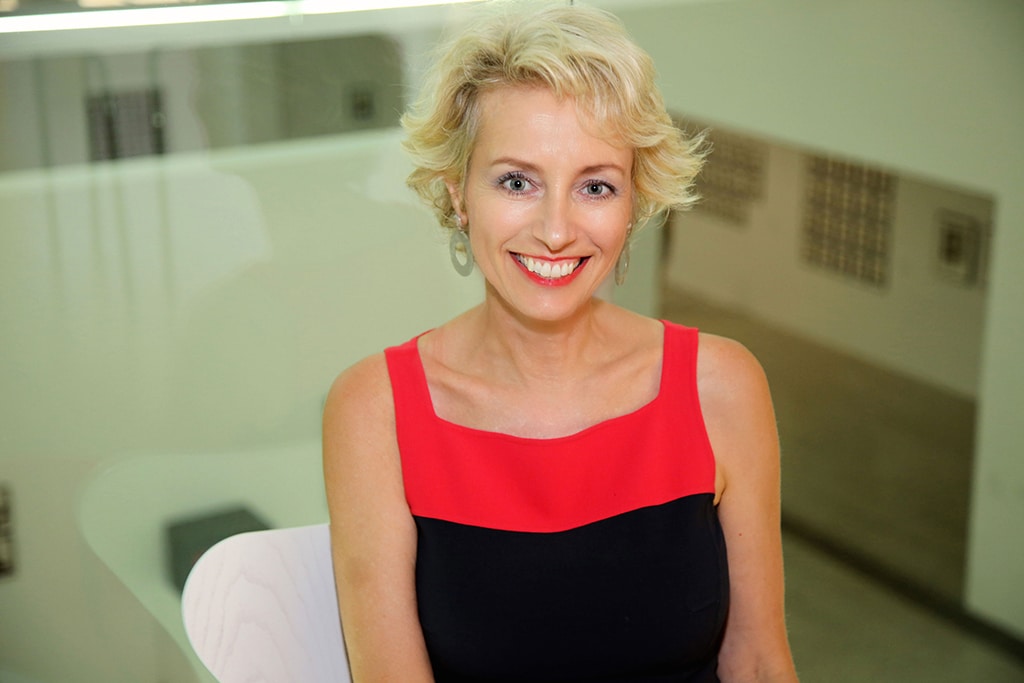
Dr. Gabriele Schor is the founding director of the SAMMLUNG VERBUND, Collection, Vienna. Schor studied philosophy and art history in Vienna and San Diego (USA). She worked at the Tate Gallery in London, was Art Correspondent for the Neue Zürcher Zeitung and taught modern art as well as the theory and practice of art criticism at universities. Since 2004 she has directed the SAMMLUNG VERBUND Collection, Vienna, which she has built up from the beginning with two main focuses: the perception of spaces and places as well as feminist art of the 1970s. Schor coined the term ‘Feminist Avant-Garde’ and established it to the art-historical discourse in order to highlight the pioneering role of these artists. Numerous publications: i.a. 2009 with Abigail Solomon-Godeau the first Birgit Jürgenssen monograph, 2012 Catalog Raisonné on the early works of Cindy Sherman, 2014 with Elisabeth Bronfen catalog on Francesca Woodman, 2015 compendium on the Feminist Avantgarde, 2016 with Jessica Morgan first monograph on Renate Bertlmann, 2018 catalog on Louise Lawler.


